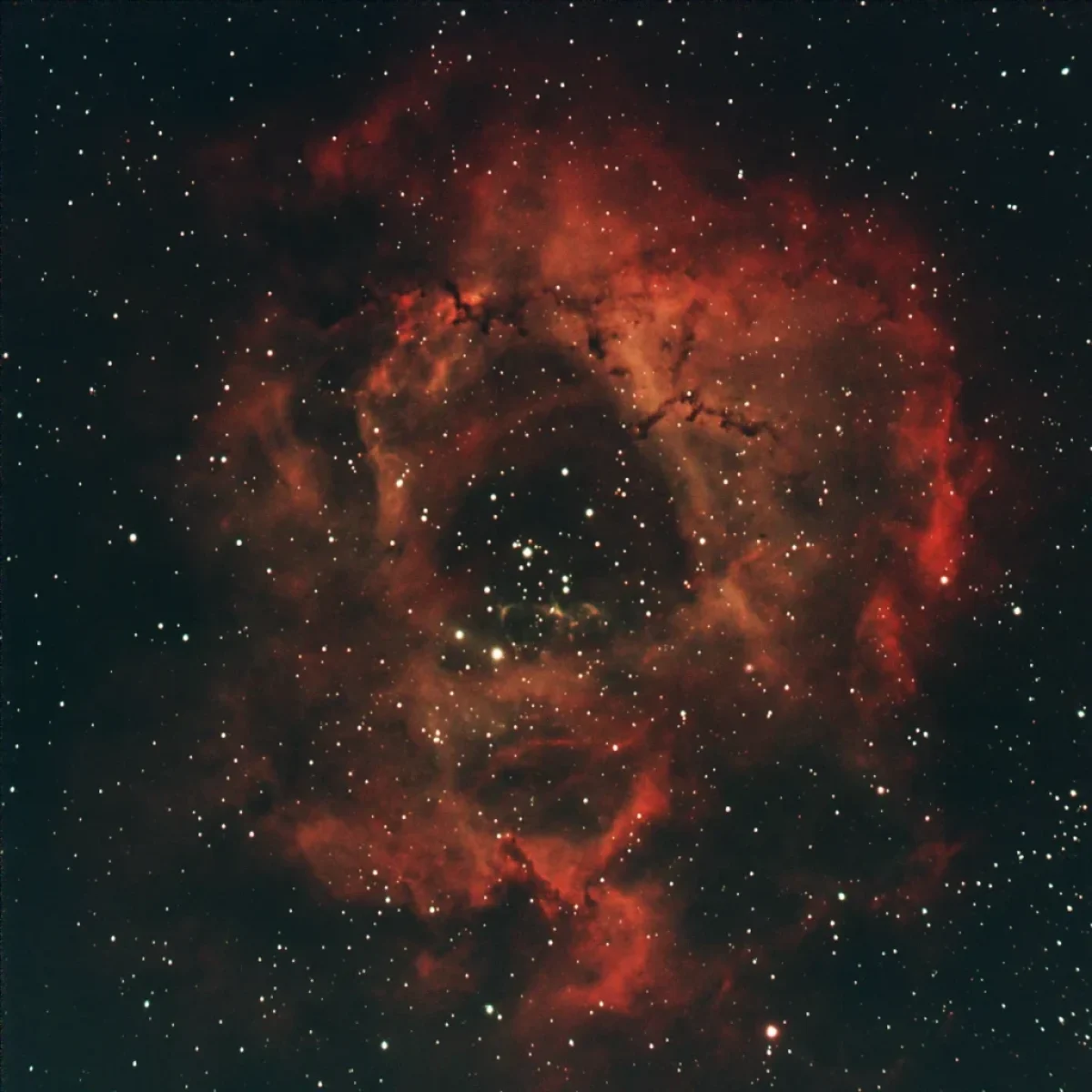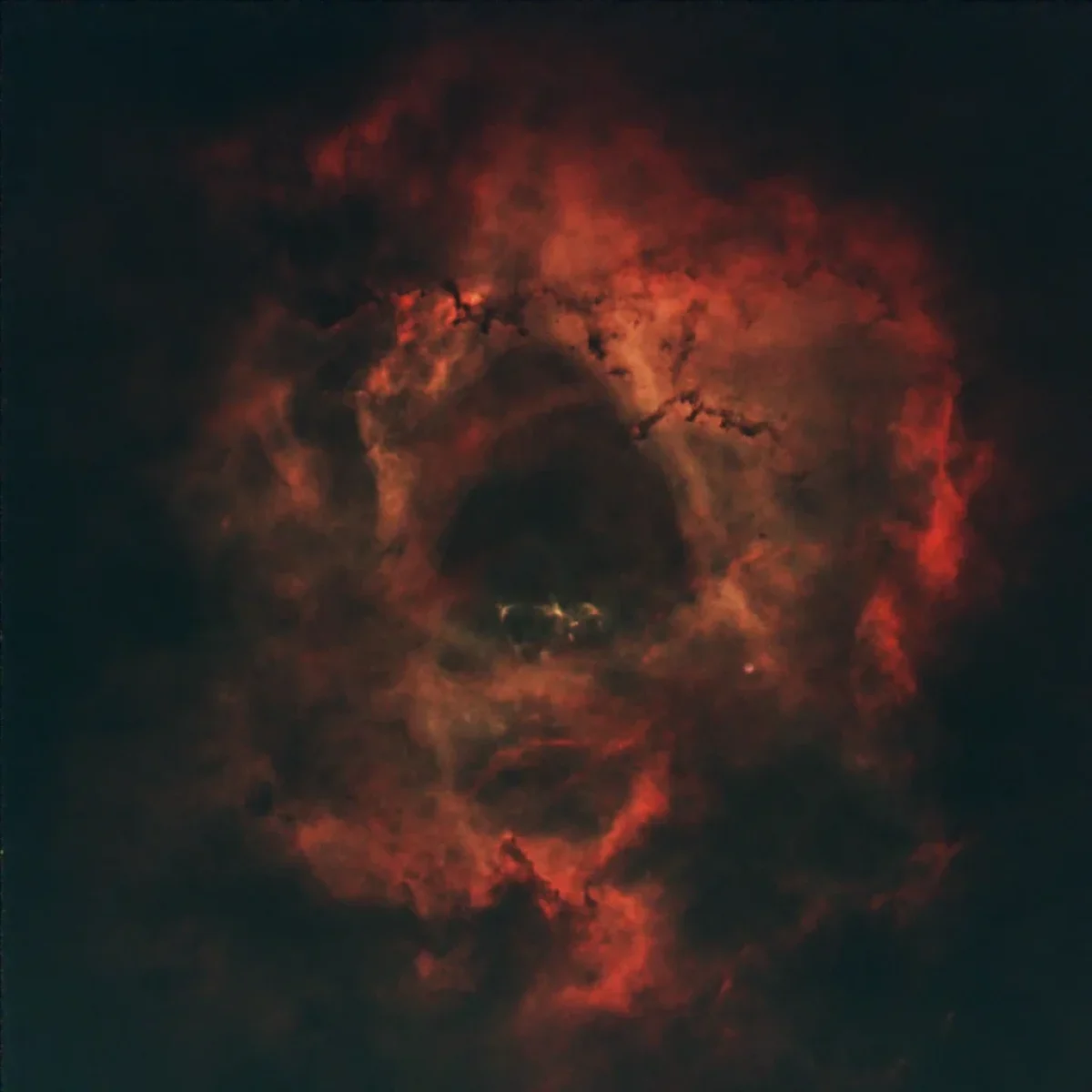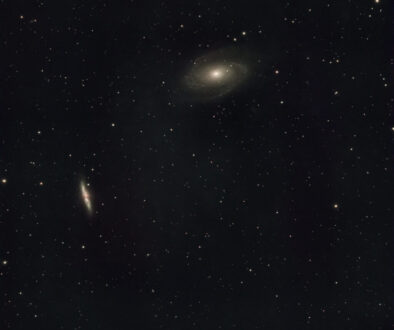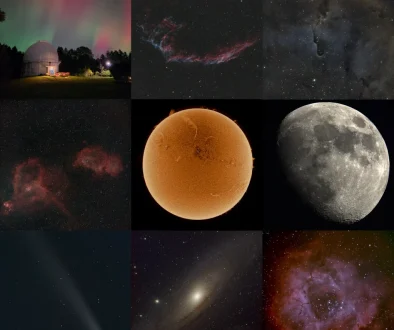The Rosette Nebula in narrowband
A few nights ago I imaged the Rosette Nebula (NGC 2237) from my driveway, with only 30 minutes total image integration.
My original plan was to going out with my Celestron 8 SCT and imaging Mars, but unfortunately the seeing was very bad for planetary imaging.
I did not give up, but I decided instead to switch to my small refractor and collect some narrowband images of deep sky objects. My main target for the night was the Rosette Nebula (also known as NGC 2237).
I used the brand new SpectrophotometricColorCalibration (SPCC) tool in PixInsight for the very first time (for those who might be interested, the link is here).
Gaia Data Release 3 currently represents the state of the art in terms of stellar astrometry and photometry, and is based on measurements made from space.
Guiding during the imaging session was a bit bumpy and I had some headache because I had to slightly change my processing routine and PixInsight configuration. I have to confess that the color of the stars is more accurate with this new process and I like the final result.
As usual, you can see the final processed image with stars and its starless version.
Date: 2022-11-26
Location: my driveway in Richmond Hill (ON)
Scope: Explore Scientific ED80 CF
Mount: Celestron AVX
Guiding camera: ZWO ASI224MC, IR Cut filter, PHD2
Guide Scope:Orion Deluxe Mini 50mm Guide Scope
Total integration time: 30 minutes (6×300 seconds).
Calibration frames: 1 dark, 10 flat, 100 bias
Size: 1.35 x 1.35 deg
Radius: 0.956 deg
Pixel scale: 4.06 arcsec/pixel
Note: Scroll the slider to switch between the images of the Rosette Nebula (NGC 2237) and its starless version. You can also open the image of the Rosette Nebula in its original resolution.




